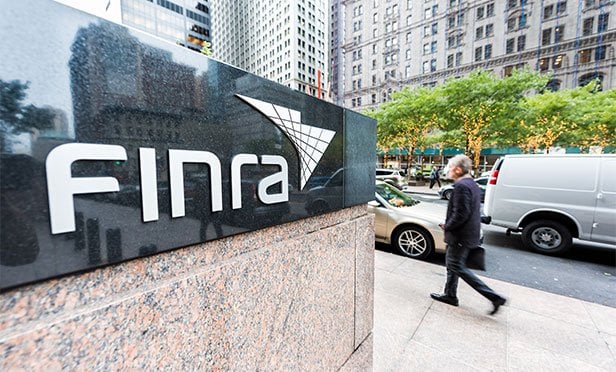

The Financial Industry Regulatory Authority has censured Jefferies for allegedly failing to take adequate steps to prevent massive instances of market manipulation by its direct market access clients.
Without admitting or denying the findings, Jefferies signed a FINRA letter of acceptance, waiver and consent Dec. 5 in which it agreed to the censure and a $215,000 fine of which $18,800 is to be paid to FINRA. The letter was accepted by FINRA Thursday.
From Jan. 1, 2014, through Feb. 28, 2015, Jefferies offered its clients, which included FINRA-registered broker-dealers and institutional clients, direct market access to various securities exchanges, according to the FINRA letter. But the firm "failed to implement a reasonably designed supervisory system and written supervisory procedures to monitor for potential layering or spoofing activity by its direct market access clients," the letter said.
More than 150,000 instances of potential layering by direct market access customers of the firm were identified during that period, surveillance by FINRA and other exchanges found, according to FINRA.
But Jefferies didn't have any supervisory system or written supervisory procedures to review for such potential market manipulation by clients until February 2015, the FINRA letter said. As a result, the firm violated NASD Rules 3010(a) and (b) (for conduct prior to Dec. 1, 2014) and FINRA Rules 3110(a) and (b) (for conduct on and after Dec. 1, 2014) and 2010, the latter of which requires member firms, in the conduct of their business, to observe high standards of commercial honor and just and equitable principles of trade, FINRA noted. The other rules require each member to establish and maintain a supervisory system that is reasonably designed to achieve compliance with applicable securities laws and regulations, and with applicable FINRA rules in particular.
At least some of the incidents in question involved layering, which FINRA explained is a form of market manipulation that "typically includes placement of multiple limit orders on one side of the market at various price levels at or away from the National Best Bid and Offer … that are intended to create the appearance of a change in the levels of supply and demand." In some cases, it involves "placing multiple limit orders at the same or varying prices across multiple exchanges or other trading venues [and] an order is then executed on the opposite side of the market and most, if not all, of the multiple limit orders are immediately canceled." The goal of those multiple limit orders that are later canceled is to "induce, or trick, other market participants to enter orders due to the appearance of interest created by the orders such that the trader is able to receive a more favorable execution on the opposite side of the market," FINRA explained.
Also apparently involved were instances of spoofing, a form of market manipulation that typically involves the manipulator "placing an order or orders with the intention of canceling the order or orders once they have triggered some type of market movement and/or response from other market participants, from which the market manipulator might benefit by trading on the opposite side of the market," FINRA explained.



